Celebrating America’s 250th Anniversary Must Start on Day One of Donald Trump’s Presidency

The reaction by Democratic Jacobins to Justice John Roberts preserving the Constitution’s presidency in Trump v. United States on Monday showcases why Donald Trump’s planned celebration of America’s 250th anniversary, which will occur on July 4th, 2026, must start on the Day One first day of Trump’s presidency. Preparations, in the form of historical papers, speeches, and videos should begin now. The people claiming that the Supreme Court crowned a King hate the United States and are completely ignorant of actual American history. Their image of the United States which they keep railing against, never existed. Presenting America’s real history and counterposing it to the British Empire, who we fought two major wars against, and which has sought to destroy us ever since 1776, can and will unite the nation.
Donald Trump announced these plans first on May 31, 2023, in the above video. But retelling the truth about American history has been a preoccupation of Donald Trump. His focus on this is detailed on his Agenda47 page as follows:
“In his remarks at Mount Rushmore on July 3, 2020, President Trump noted, "Our Founders launched not only a revolution in government, but a revolution in the pursuit of justice, equality, liberty, and prosperity… It was all made possible by the courage of 56 patriots who gathered in Philadelphia 244 years ago and signed the Declaration of Independence. They enshrined a divine truth that changed the world forever when they said: '…all men are created equal.'"
- President Trump added, “1776 represented the culmination of thousands of years of western civilization and the triumph not only of spirit, but of wisdom, philosophy, and reason."
- In July 2020, the President took action to establish the National Garden of American Heroes, a statuary park that will memorialize our American heroes for generations to come.
- On September 17, 2020, Constitution Day, the President convened the first White House Conference on American History to address ongoing attempts to distort America’s history.
- During the conference, President Trump declared, “To grow up in America is to live in a land where anything is possible, where anyone can rise, and where any dream can come true — all because of the immortal principles our nation’s founders inscribed nearly two and a half centuries ago.”
We noted that occasion with an article demonstrating that Trump had declared an all-out cultural war in his Constitution Day remarks, a war to rescue the Republic from the synthetic and alien culture which the regime was now imposing on the American people.
In November 2020, President Trump also created the 1776 Commission to improve understanding of the history and principles of our nation’s founding among America’s rising generations. In its “1776 Report”, the Commission stated, “As we approach the 250th anniversary of our independence, we must resolve to teach future generations of Americans an accurate history of our country so that we all learn and cherish our founding principles once again.”
From Trump’s original announcement forward, Promethean Action’s writers began contributing original works setting forth the true history of the United States to the project. We are continuing this process in Saturday classes led by historian Robert Ingraham and others.
As detailed in the video, Trump’s plans to celebrate this anniversary with a wonderful fair and exposition at the Iowa State Fair Grounds, but involving all 50 states:
“On Day One, I will convene a White House task force called ‘Salute to America 250’. It will be responsible for coordinating with state and local governments to ensure not just one day of celebration, but an entire year of festivities across the nation starting on Memorial Day 2025 and continuing through July 4th, 2026.”
He plans to feature athletic competitions in Patriot Games, build a National Garden of American Heroes, and invite citizens from throughout the world to celebrate America’s 250th anniversary and, most importantly, its great accomplishments for all of humanity.
The Philadelphia Centennial Exposition
We have argued that those tasked with building this celebration should study and emulate the Philadelphia Exposition in 1876 which celebrated the first 100 years of the American Republic. We present excerpts from our argument below. You can read the full piece here.
That event is known today as the 1876 Philadelphia Centennial Exposition, although at the time its official title was the International Exhibition of Arts, Manufactures, and Products of the Soil and Mine. Although the exhibition did not run for the full year that Trump is proposing for 2025-2026, its doors were open for a full six months, from May 10 to November 10, 1876, with a special celebration on July 4th. 186,272 people attended the Exposition on the first day, and over the course of six months, close to 10 million people traveled to Philadelphia for the celebration (this would be the equivalent of 70 million today). Attendance peaked on September 28, when 275,000 visited the Exhibition on a single day.
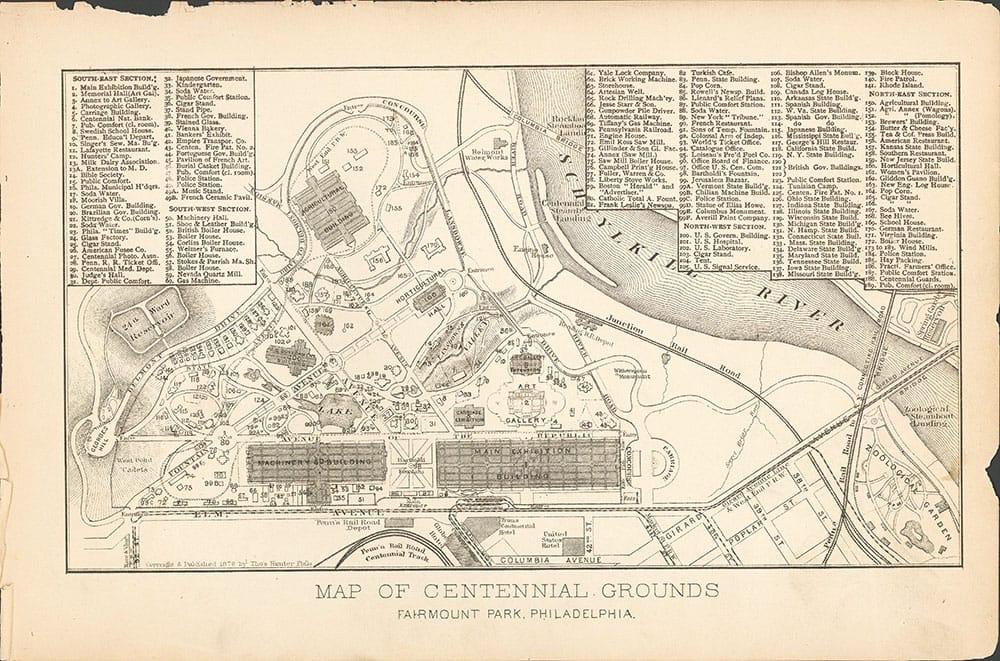
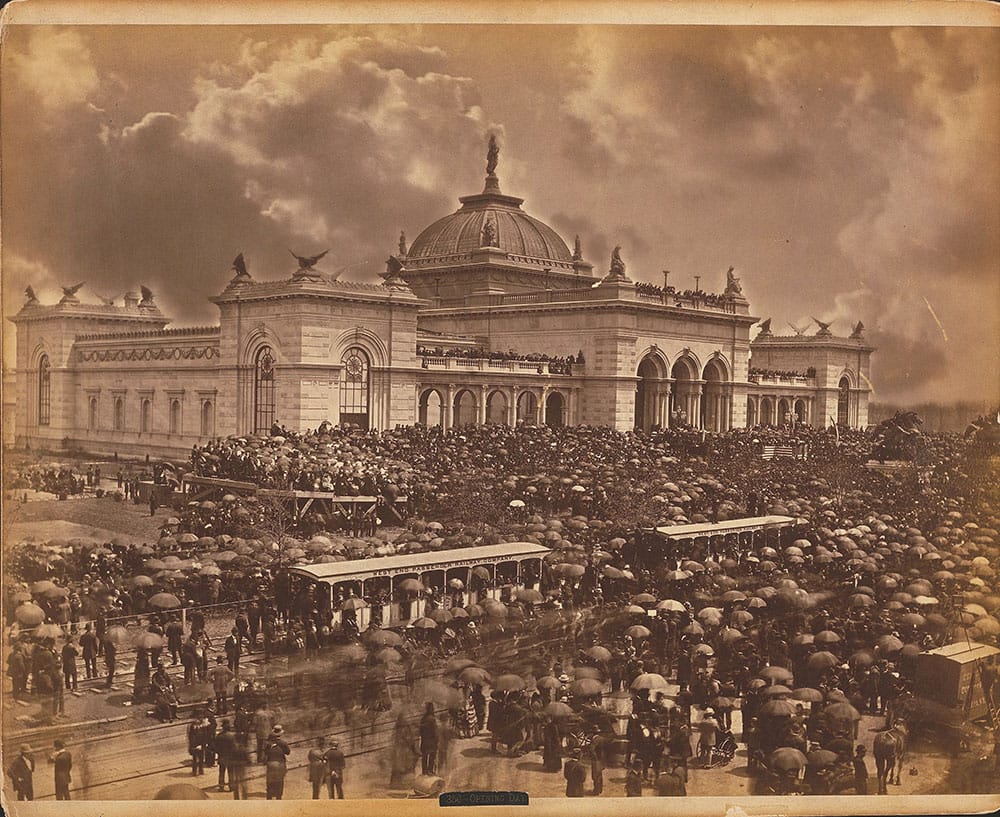
Map of the Centennial Grounds and a photo from the opening day. Photos: Free Library of Philadelphia Centennial Exposition Digital Collection
What the organizers of the Exposition consciously set out to do was to demonstrate what a free people can accomplish in advancing the human condition. No longer shackled by the oligarchical systems of Europe, free people were able to think, to invent, to act—to consciously and deliberately create a better future.
The Transcontinental Railroad had been completed only seven years earlier, in 1869, but this stupendous accomplishment was only the tip of the iceberg in the economic advancement that was unfolding. In the fourteen years leading up to the 1876 Exposition, Abraham Lincoln’s Greenback Policy had been in effect. Lincoln’s National Banking System had also been operational since 1863, and high tariffs had been in effect since the passage of the Morrill Tariff in 1861. These American System policies of National Credit and Protectionism had created the greatest industrial and scientific revolution—and the greatest advancement in human productivity—in human history.
The most impressive building on the fairgrounds was Machinery Hall. The huge glass and iron structure contained miles of overhead belts and pulleys for driving steam-powered line shafts. There were 8,000 operating machines in the 14-acre building. These were all powered by the 1,400-horsepower Corliss steam engine, built by the George H. Corliss Co. of Providence, R.I. The 70-foot-tall machine weighed more than 650 tons and was the largest steam engine ever built.
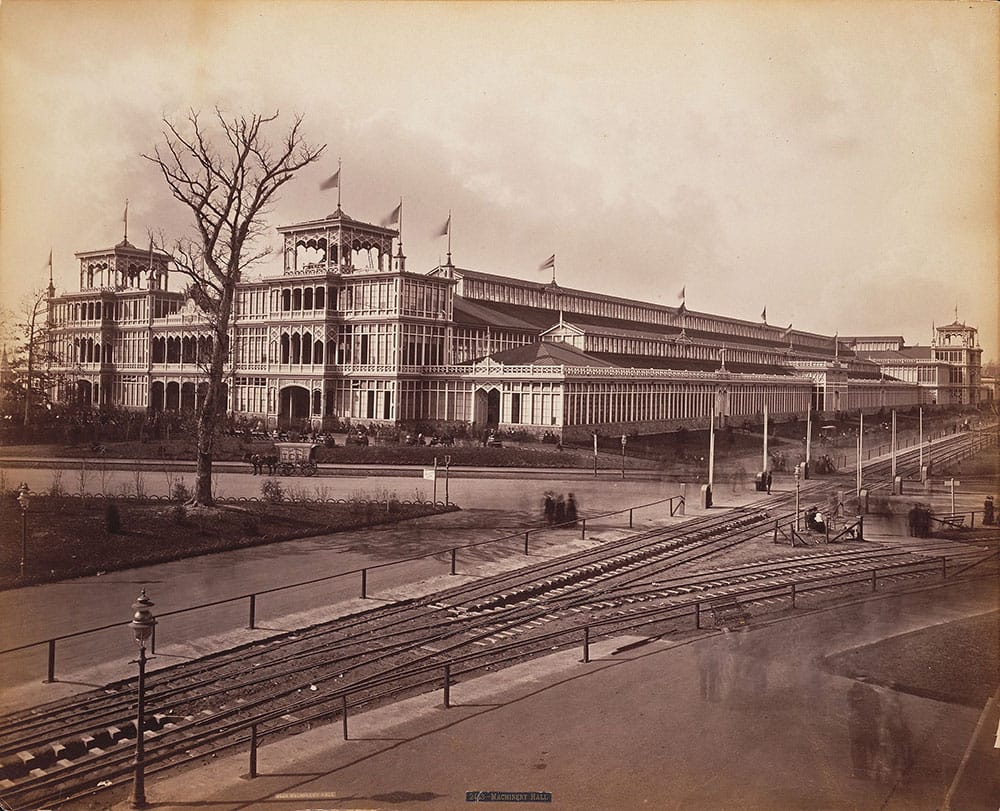
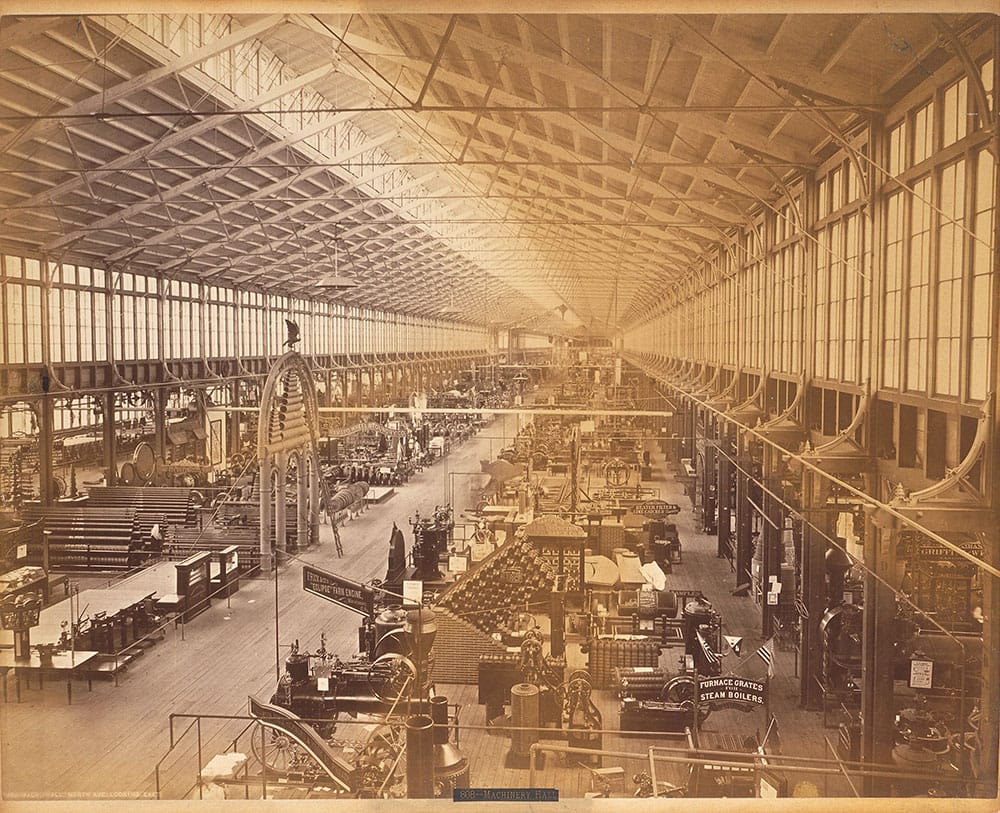
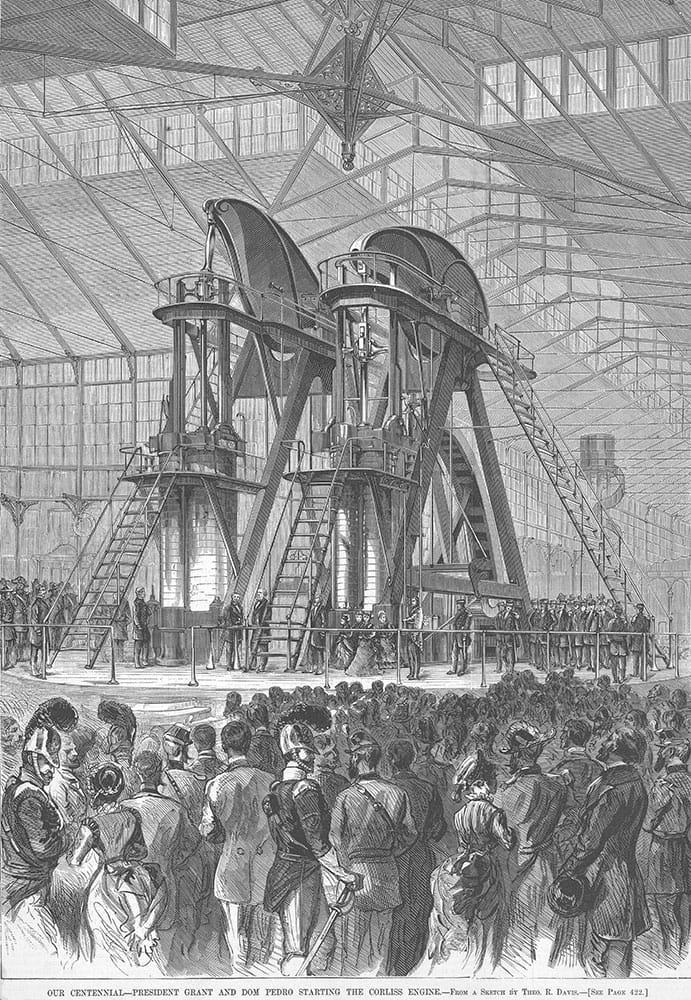
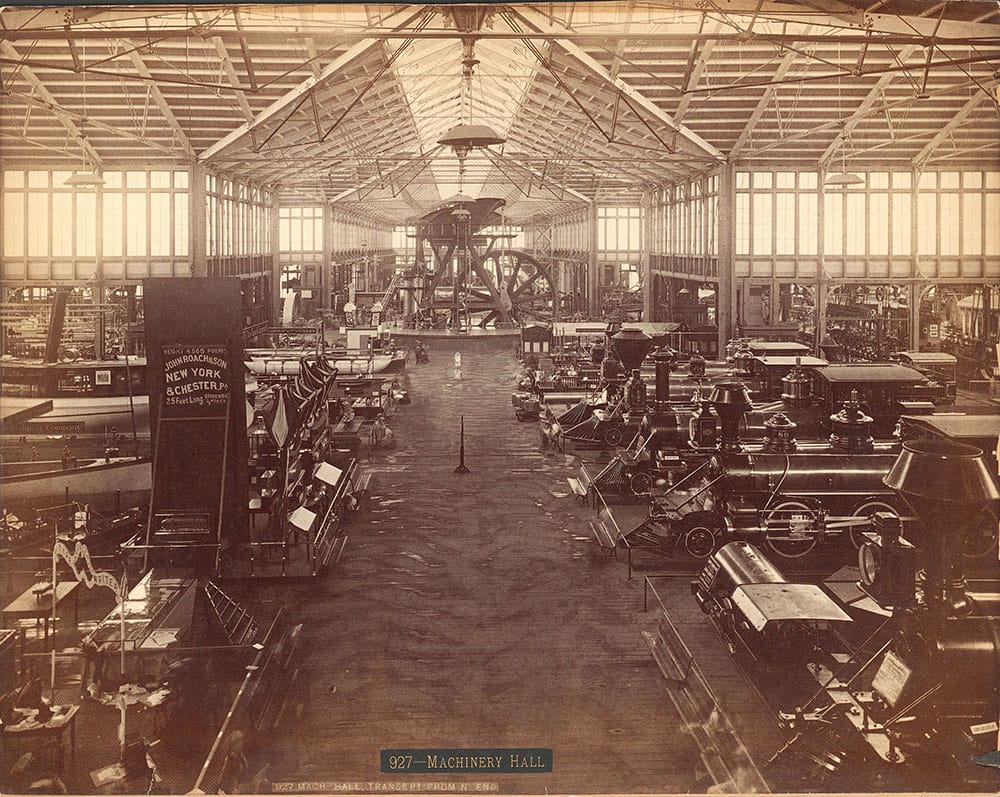
Machinery Hall and the Corliss Engine. Photos: Free Library of Philadelphia Centennial Exposition Digital Collection
Thousands of new inventions were showcased, many of which the inventors had rushed to complete and then loaded on a railroad car or steamboat to take to Philadelphia. While celebrating America’s first 100 years, the Exhibition represented the dawn of a productive and prosperous future.
Alexander Graham Bell's first telephone was set up at opposite ends of Machinery Hall, amazing those who spoke over it. Thomas Edison's Quadruplex Telegraph, capable of transmitting four messages simultaneously over a single telegraph wire, won for him the Centennial Award for best new invention. Guests were allowed to try out the first Remington typewriter, and the Wallace-Farmer Electric Dynamo, the precursor to electric light, was operational, generating artificial daylight. The first internal combustion engine, invented by George Brayton, was also demonstrated. John A. Roebling & Sons Company displayed a slice of their 5 ¾ inch diameter cable to be used for the construction of the Brooklyn Bridge. This was a revolutionary cable, covered with Zinc and with a strength of 160,000 pounds per square inch. Baldwin Locomotives had a large exhibit featuring breakthrough designs in railroad technology. In the years following the Exposition, Baldwin locomotive engines would be shipped to China, Australia, Japan, Russia, Brazil, Mexico, and elsewhere.
Advanced machine tools, air-powered tools (compressors and pumps), screw-cutting machines, grinding machines, metal-working tools, valves, wheels and axles, stoves, wagons, carriages, lanterns and sewing machines were on display. The Agricultural Hall featured new types of harvesters, reapers, and other agricultural equipment as well as new types of disease resistant, high yield crops. Even new consumer food products, such as Heinz ketchup, Hires root beer and popcorn were introduced to the public.
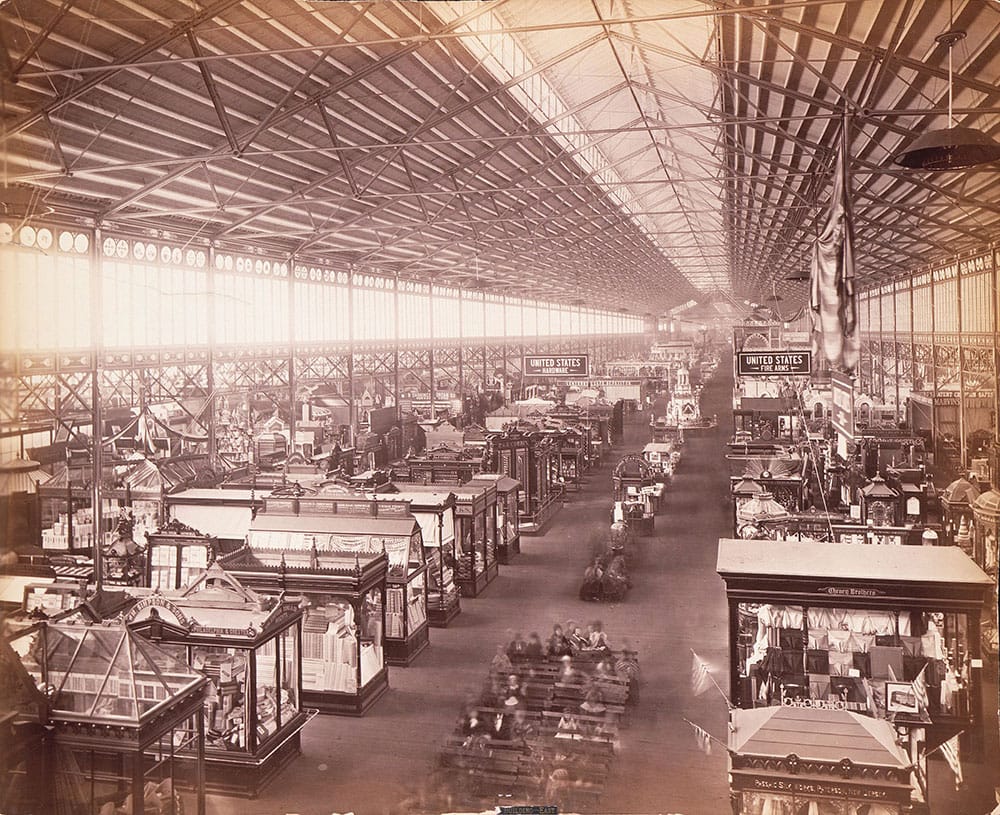
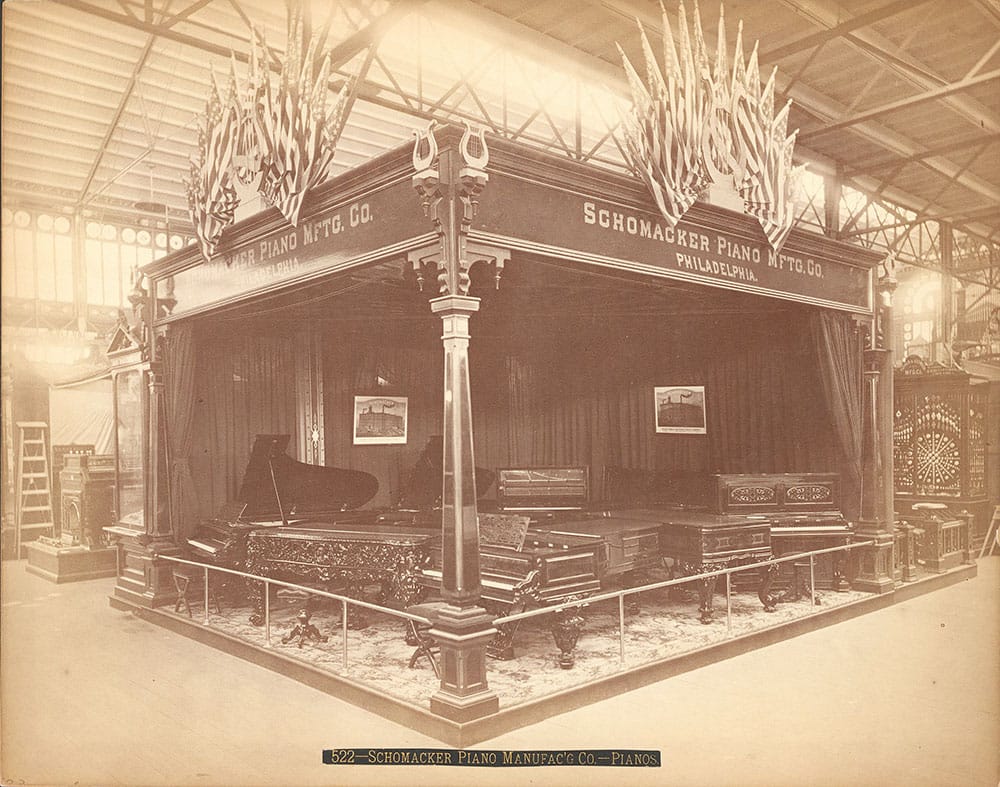
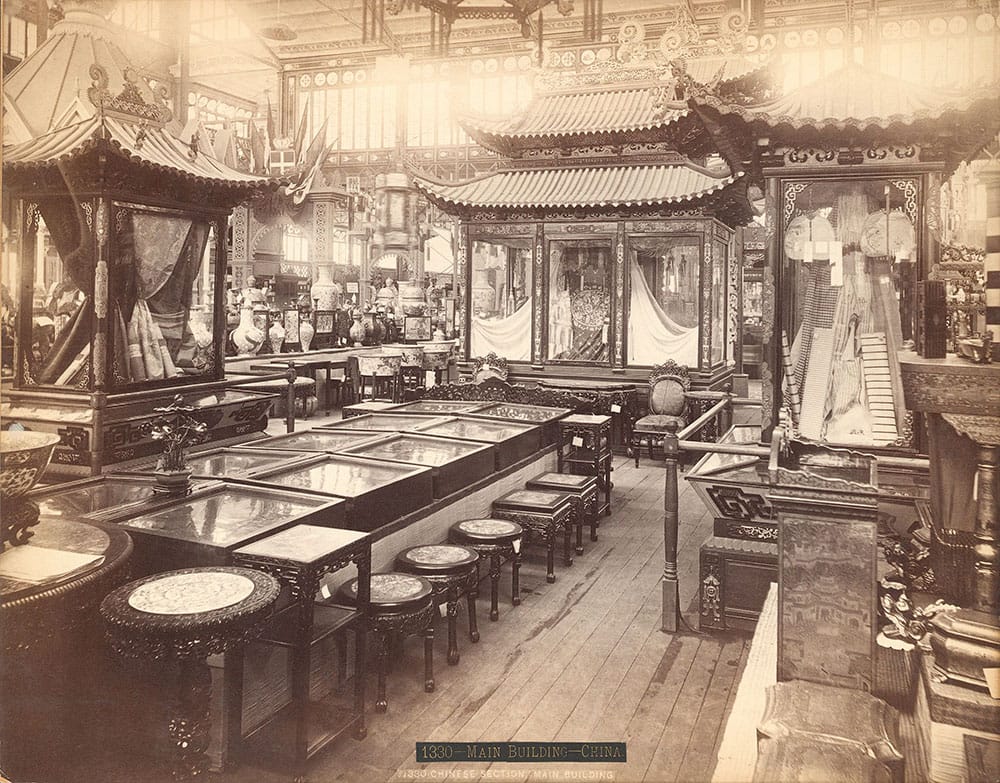
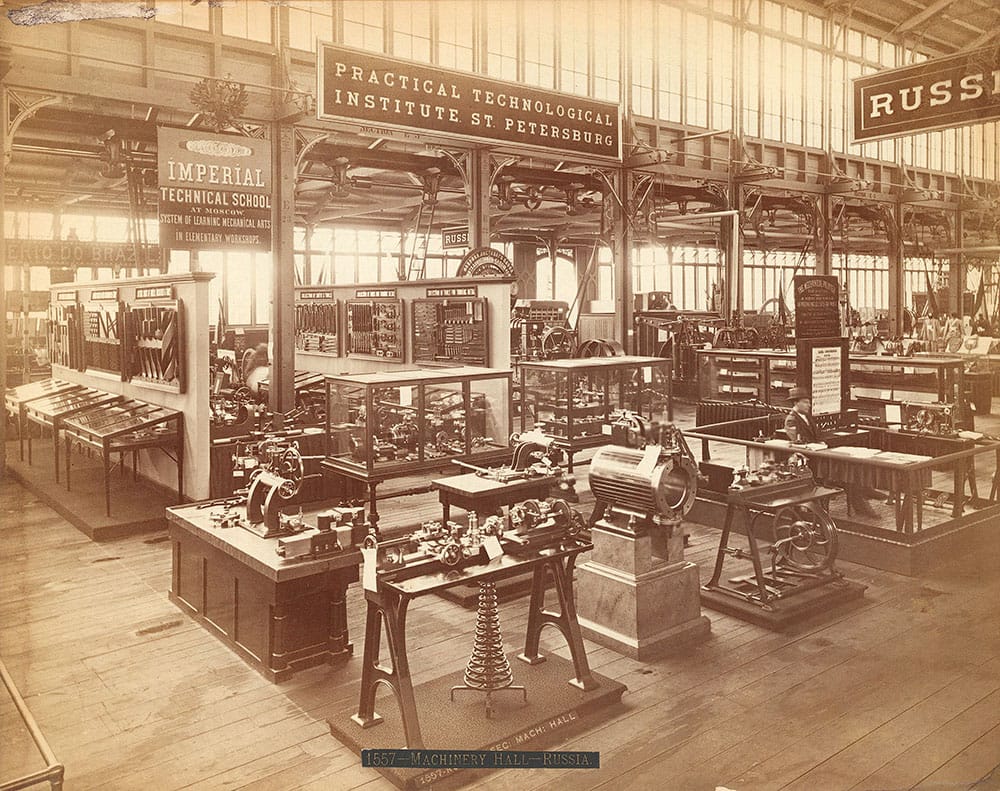
Views from the Main Hall, including the official exhibits of Russia and China. Photos: Free Library of Philadelphia Centennial Exposition Digital Collection
All these inventions and machines were displayed by the companies or individuals creating them. In a sense they were marketing their wares, and by the time the Exposition ended thousands of orders had been placed, including for the Corliss Steam Engine which was promptly purchased by the Pullman Company to power their main factory in Chicago. It was an explosion of American ingenuity. George Eastman and George Westinghouse both attended the Exposition, as did the father of Henry Ford. By 1880, only four years after the Centennial Exposition, more than 10,000 new U.S. patents were issued for a wide variety of machines and devices.
Imagine the impact today if only a fraction of what was attempted at Philadelphia in 1876 were to become a primary theme for the 2026 national Salute to America. What if Trump’s invitation for the Patriot Games was accompanied by inviting tens of thousands of high school students to participate in a national Science Fair, to demonstrate their excellence in scientific investigations? Imagine the creative energies this might spark.
Similarly, coherent with the 1876 exhibitions at Machinery Hall, why not invite hundreds—if not thousands—of American companies and individual inventors and entrepreneurs to display and demonstrate their wares? Donald Trump has proposed to build 10 new cities, each of about 750,000 people, and to build these cities with the most advanced technology available. Would it not be educational and inspirational to present some of this work-in-progress to the American people in 2026? To show how we intend to build our nation into the future?
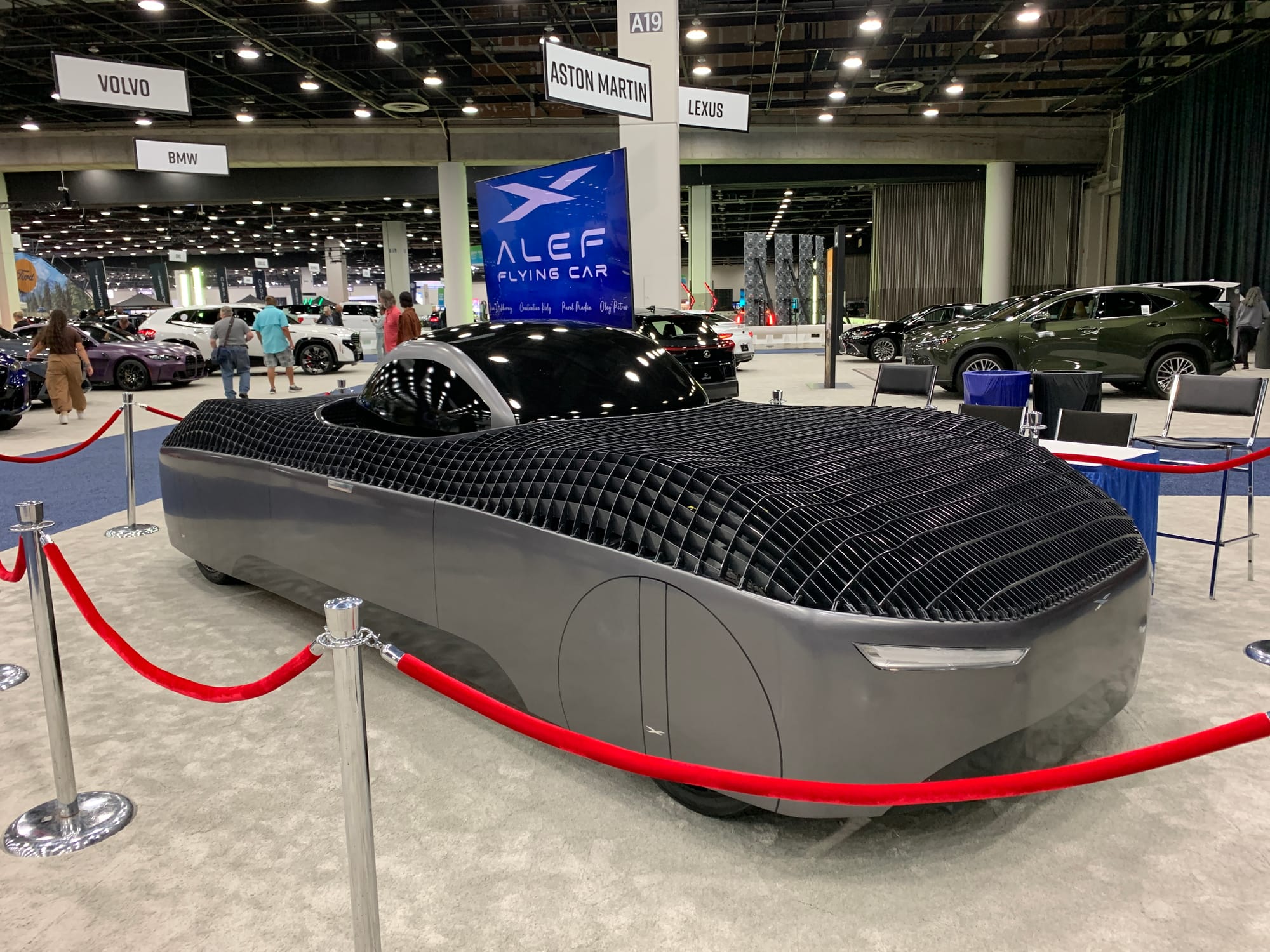
Other areas of important technological and manufacturing development might be presented, including 3-D printing, flying cars or “Advanced Urban Air Mobility,” the production of artificial human organs, quantum computing, photonics, robotics, low pressure tunnel and tube Maglev human transport at speeds faster than current jet aircraft, supersonic and hypersonic commercial passenger aircraft, and much more.
An entire pavilion could be devoted to the latest advancements in both compact and large-scale fission and fusion reactor systems.
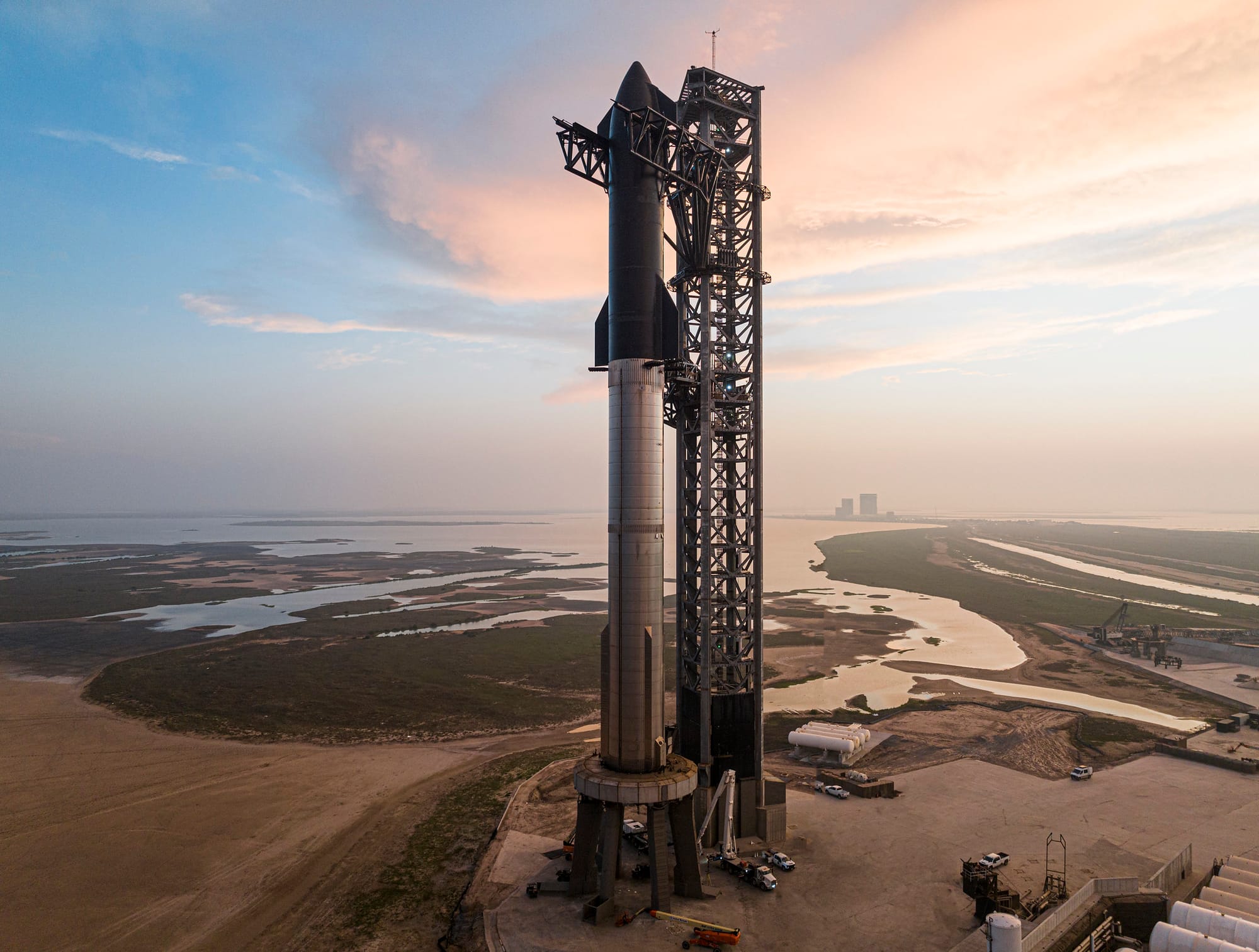
Most important—it really deserves its own Hall—would be a multifaceted presentation, devoted to the exploration and settlement of our solar system, including efficient, reliable, and reusable transport to the surface of the Moon), as well as the challenge of settlement of both the Moon and Mars. Such exhibits could include offerings from major corporations, such as SpaceX, but also projects dreamed up by some of America’s high school young scientists.
The intention should be, as in 1876, to demonstrate to the citizenry what is possible, the future that can be built, in which all will have the opportunity to participate, all will benefit. Such is a fitting way to celebrate America’s 250th birthday.






Member discussion